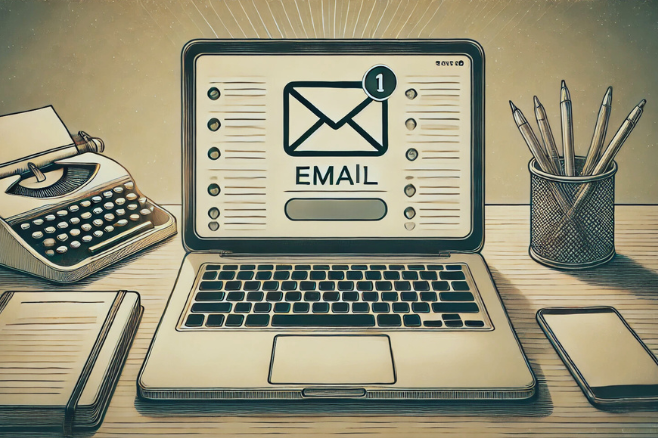When emailing a press release, the greatest challenge is not writing it but ensuring it is read by journalists. In the crowded inbox of a journalist, your message must stand out, be relevant, and hit at the right moment. How do you ensure you don't disappear among the flood of incoming emails? In this blog, we discuss five essential tips for successfully emailing a press release, so your news gets the attention it deserves.
1. Personalize your pitchThe biggest mistake you can make when emailing a press release is sending a standard message to a long list of journalists. Journalists want to feel that the message was written especially for them, and not that it is a mass mailing.
Start by creating a targeted press list. Make sure the journalists on your list write about topics that align with your press release. Read a few of their recent articles to get an idea of their interests. Refer, if relevant, to an article they have previously written. This shows that you know their work and that your message fits well with their audience.
For example: If you have a press release about a new sustainable innovation, focus on journalists who frequently write about environment and sustainability. A personal touch can make a difference.
2. Keep Your cover email briefJournalists have little time. They receive dozens, if not hundreds, of emails daily. Ensure that the cover email accompanying your press release is brief and to the point. Two or three short paragraphs should be enough to convey the most important news and pique their curiosity.
Be direct: What is the news? Why should it interest their readers? Avoid fluffy language and buzzwords that add nothing. If relevant, you can also include a few bullet points to make the message extra clear, but avoid long blocks of text.
3. Write a catchy subject lineThe subject line of your email is the first impression you leave. It determines whether your email is opened or immediately discarded. Therefore, it's crucial that your subject line is short, to the point, and most importantly, relevant.
A good subject line gives a journalist an immediate idea of the news they can expect. For example: "New Sustainability Initiative Saves 10,000 Tons of CO2 Annually" is concrete and intriguing. Using a teaser or asking a question can also be effective, as long as you don't use clickbait-like tricks.
4. Send your press release at the right timeTiming is everything in the world of PR. You can have a perfect press release, but if you send it at the wrong time, it likely won't be picked up. Journalists work with tight deadlines, so ensure your press release arrives on time, but not too early.
A good rule of thumb is to send your press release 4 to 5 working days before a publication's deadline. This gives the journalist enough time to pick it up, without it lingering too long in their inbox. If you send the message on a Thursday morning, you stand a chance that it will be read in the same week, whereas Friday afternoon is often too late.
5. Be polite in follow-upsAfter sending your press release, you might hear nothing back from the journalist. This is not unusual. Journalists are busy, and sometimes your message simply gets lost in the shuffle. A polite follow-up can help bring your message back to their attention.
Send a short, friendly email asking if they received your press release and if they are interested in writing about it. Avoid a demanding tone and always remain polite. Journalists work under great pressure, and the last thing you want is to come across as pushy.
In short
By following these five tips, you increase the chances that your press release is not only read but also published. It's all about the right balance between personalization, timing, and politeness. At Presscloud, we know how important it is to strike the right tone at the right moment. With our tools, you can elevate your PR strategy and effectively distribute your press releases.




